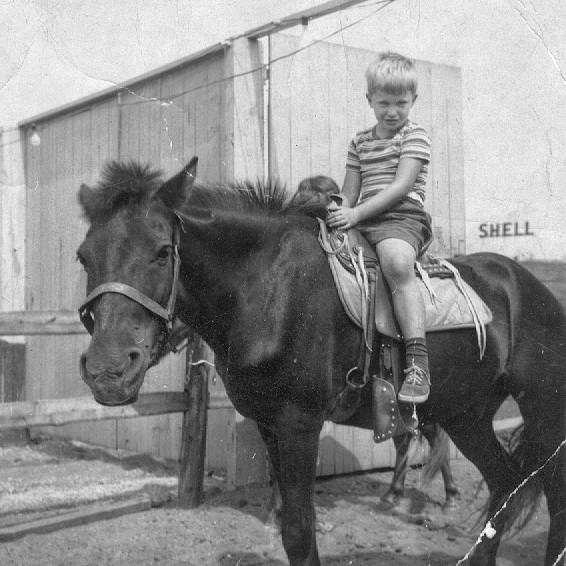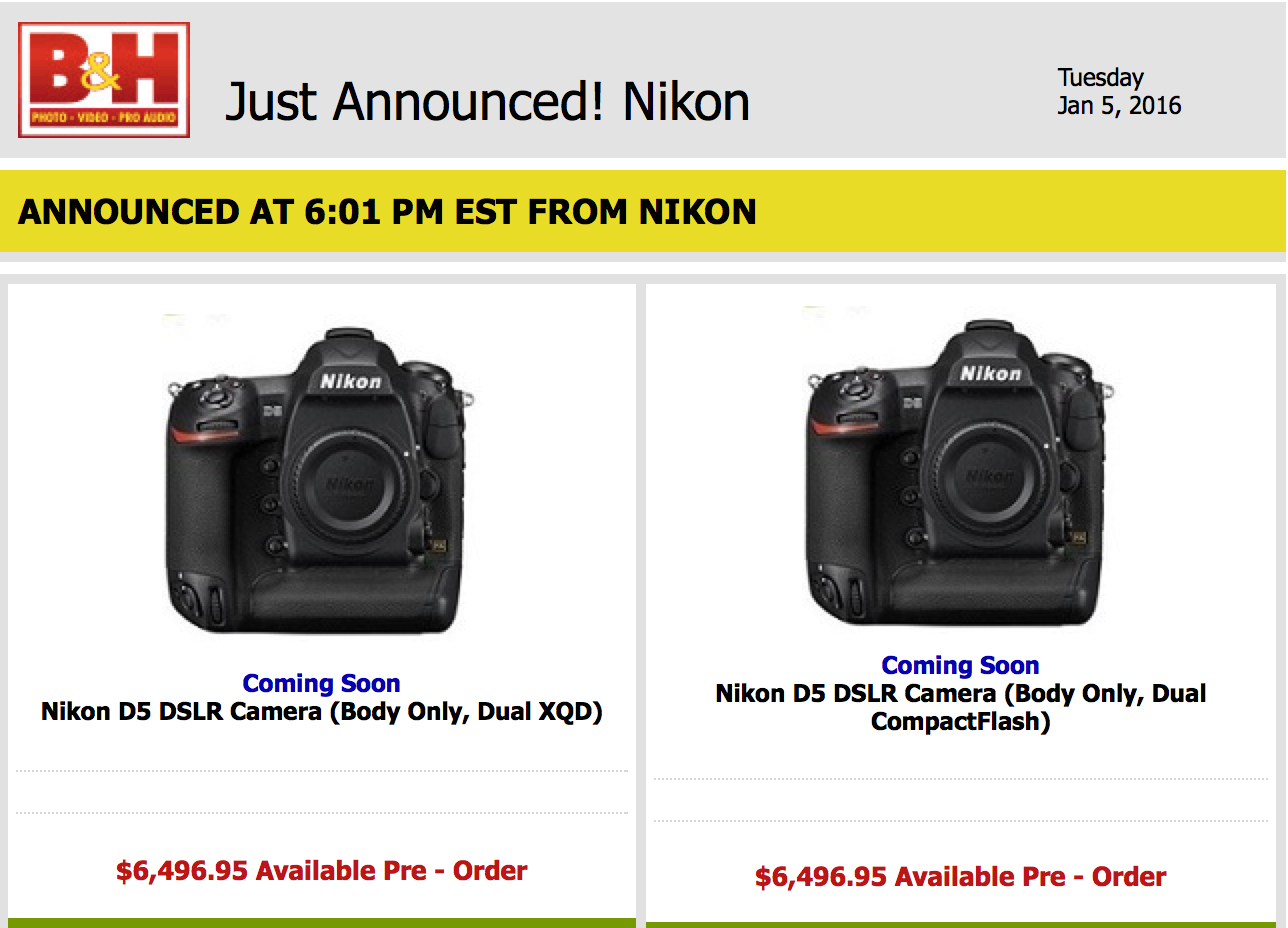What’s Up?
Despite my way early start–I was up at 3:40am eastern time on Tuesday, my flights and my travel day were fine. In a word, the weather in San Diego this afternoon was nasty: torrential rains, high winds, and tornado warnings. I will, however, make it out to La Jolla in the morning to scout, rain or shine.
Big Tech News
Learn about the big CES show in Las Vegas here. And check out the great B&H CES-related stuff here.
My San Diego Gear Bag: Entering a Whole New (Lighter) World!
My main decisions for this trip was whether to ship the Canon EF 600mm f/4L IS II USM lens or bring the Canon EF 500mm f/4L IS II USM lens on the plane in my Think Tank Airport Security™ V 2.0 Rolling Bag.
It did not take me long to decide to take the 500 II on the plane and leave the 600 II at home. For starters, it is lighter and far less bulky than the 600 II, and thus much easier to travel with. As for reach, it offers plenty albeit in a smaller, lighter package. I love working super-tight on the pelicans and I can get pretty darned close physically without disturbing the birds.
I had previously owned a 500 II and loved it. But then I sold it. So last week I purchased a new one from B&H. Jim outfitted it with a nice LensCoat and added the CRX-5 Low Foot so that the center of gravity of the lens is centered over my Induro GIT 304L tripod with a Mongoose M3.6 on it. The LensCoat is in Realtree Hardwood Snow, my favorite pattern. We carry a huge assortment of LensCoat stuff here.
As each day goes by weight becomes a more important factor when choosing what gear I will travel with. If I were traveling to a place where the birds are even tamer than San Diego like the Southern Ocean or the Galapagos or Namibia, and where traveling light was of huge importance, the 500 II would be replaced by the Canon EF 400mm f/4 DO IS II USM lens. Don’t forget that with any of the aforementioned f/4 super-telephotos anyone should be able to create sharp images with the 1.4X III TC and folks with good to excellent long lens sharpness techniques should routinely be able to create professionally sharp images with the 2X III TC down to 1/60 sec.
Next up is the Canon EF 100-400mm f/4.5-5.6L IS II USM lens. This lens absolutely kills on the pelicans in La Jolla and makes a great flight lens for the gulls that we will photograph at Coronado. It is so good that I did not even think of taking the Canon EF 200-400mm f/4L IS USM lens with Internal 1.4x Extender that I had used with great success on the cliffs on my last two visits. The times they are a-changin’.
My original plan was to save a bit more weight by leaving the Canon EF 70-200mm f/2.8L IS II USM lens but I have been receiving all sorts of Armageddon-like weather forecasts for Southern California including San Diego: rain, wind, cold, heavy rain, and more rain. We shall see. In any case, there was plenty of room in my Think Tank Airport Security™ V 2.0 Rolling Bag so in it went. The speed of this fast (f/2.8) lens might just come in handy on dark, cloudy, or even rainy days at the cliffs. And I can use it at f/4 with the 1.4X III TC. In addition it is great for scenics and bird-scapes. As I am taking the Canon EF 16-35mm f/4L IS USM lens the 70-200 will give me 30mm of additional focal length coverage (from 70-100) as I opted to leave my Canon EF 24-105mm f/4L IS USM lens at home. Co-leader Denise Ippolito will probably be aghast when she hears that as she is the world’s best with the amazingly versatile 24-105.
I have a few images in mind for the Canon EF 16-35mm f/4L IS USM lens, two specific ones at the main pelican spot in La Jolla, the others at La Jolla Shores Beach.
Camera Bodies
EOS-1D X. I will use my rugged pro body mainly with the 100-400 II and possibly a bit in low light with the 500 II as the more powerful 1D X battery makes it better choice when I am working at 1000mm.
I will be using the mega-high megapixel Canon EOS 5DS R DSLR mainly on the 500 II alone and with the 1.4X III TC.
EOS-7D Mark II. I will use the 7D II with both the 500 II and the 1-4 II mainly when it is clear and sunny.
I took the 5D II that was converted to IR by Kolari Vision in one of my checked bags. I am thinking of bright sun and pelican with big white clouds… Learn more about Kolari Vision and IR here or here. (Note: I am working on getting a new discount code for 2016.)
TCs
I am making this trip with just two Canon 1.4X III TCs and one 2X III TCs.
Questions Welcome
If you have a question about any of my gear choices here please feel free to leave a comment. Do you disagree with any of my choices? What would you be brining to San Diego. And why?
Think Tank Rolling Bags
I will be using the larger of my two Think Tank rolling bags, the Airport Security™ V 2.0 Rolling Camera Bag. I will use the slightly smaller of the two, the Airport International™ LE Classic for my Southern Ocean trip. Except for the Singh-Ray polarizer, I everything above fit easily into my Airport Security™ V 2.0 Rolling Camera Bag on Thursday afternoon. It tipped the scales at 44 1/4 pounds; the legal limit for US flights is 40 pounds. Nearly all countries in the world give you slack as far as the 40 pounds goes on the way back to the US. As far as the extra 4 1/4 pounds, I have only been hassled for weight once in more than three decades of flying around the world…. I hope that I do not give myself a kine-ahora.
Think Tank Urban Disguise Laptop Shoulder Bag
Both denise and I use and love this amazing bag as it has tons of room and enables us to bring tons of extra stuff.
Please click on my Think Tank affiliate link here to earn a free gift when you purchase a Think Tank Rolling Bag.
Delkin Flash Cards
As always, I will have a 64gb Delkin e-Film Pro Flash Card in each camera body so that I never have to change cards in the field thus reducing the risk of losing a card…. Please note the new lower prices here. I do have a few extra 32 and 64gb cards in a Delkin CF Memory Card Tote, mostly to protect against operator errors….
Be sure to like and follow BAA on Facebook by clicking on the logo link upper right. Tanks a stack.
Typos
In all blog posts and Bulletins, feel free to e-mail or to leave a comment regarding any typos or errors. Just be right :).















